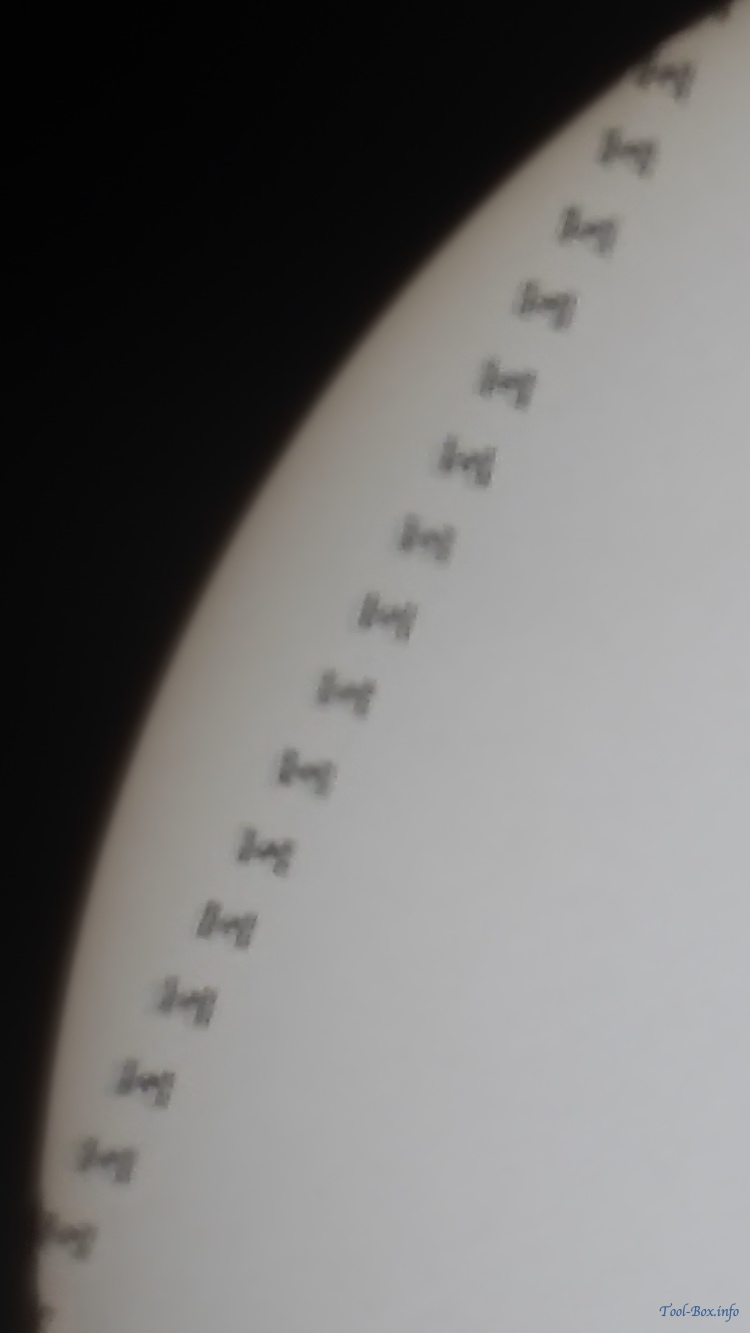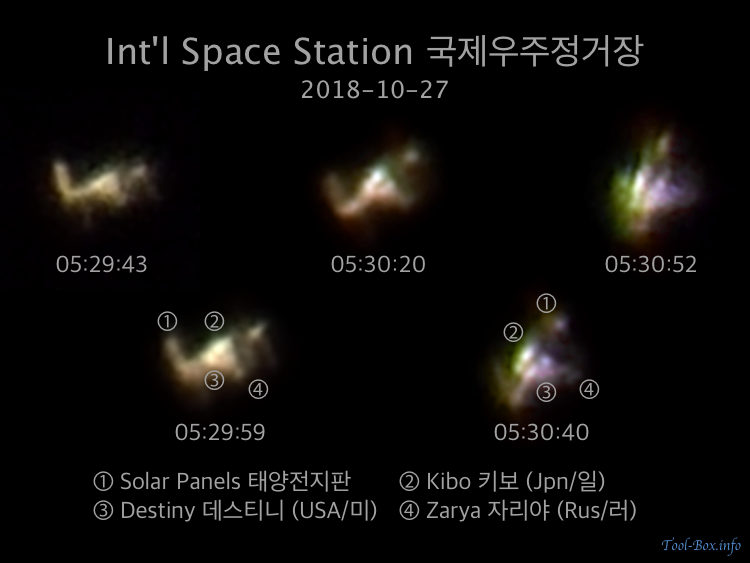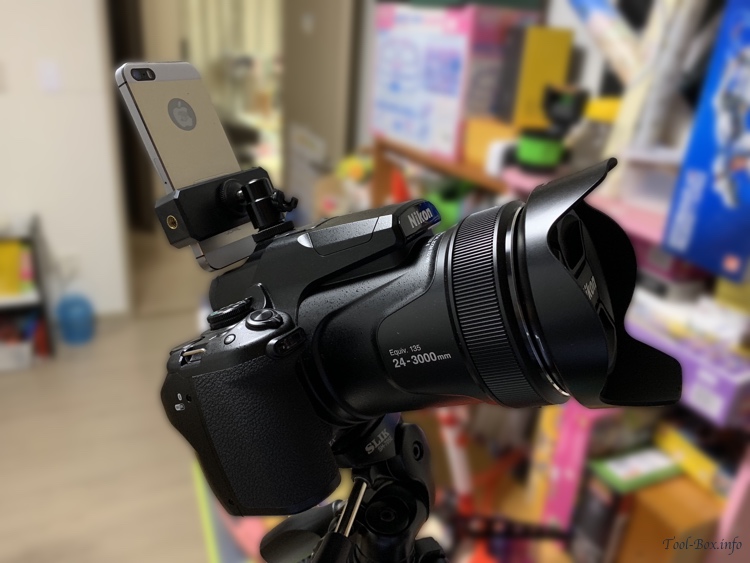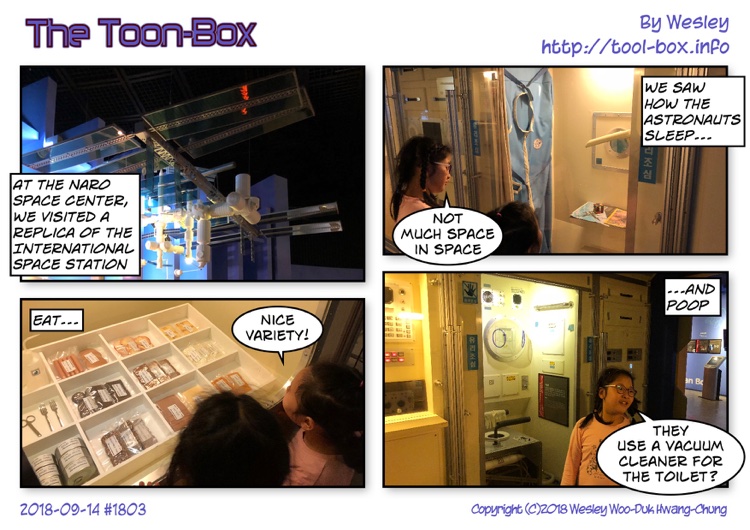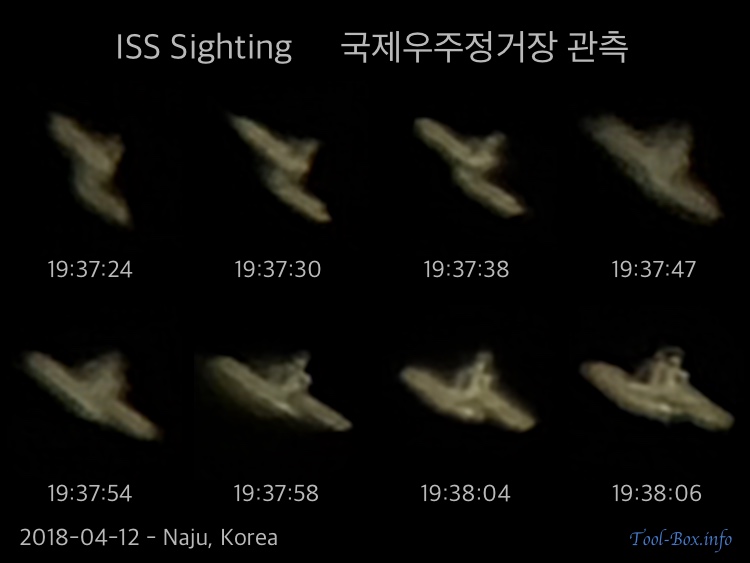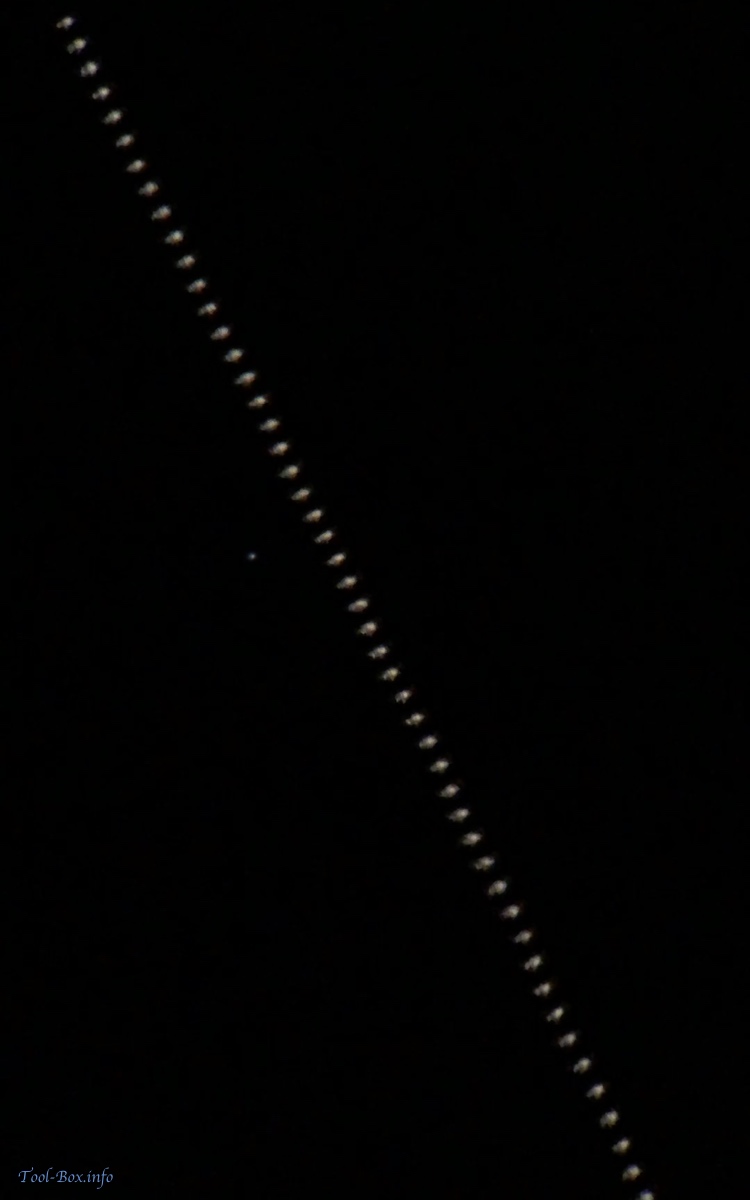Nikon P1000 observes ISS-Sun transit
Posted by Wesley on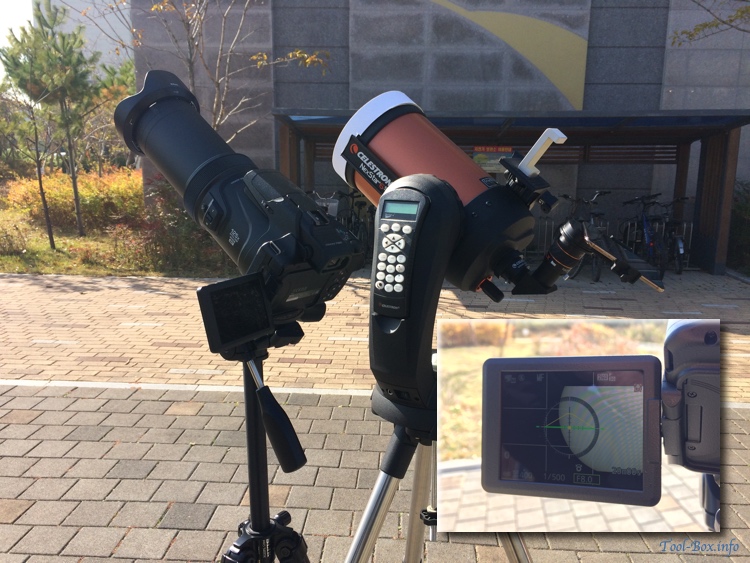
Nikon CoolPix P1000 observes the Sun next to Celestron NexStar 6SE telescope
Encouraged with the results from the previous observation, I took the Nikon P1000 outside during the day to take the photos of the ISS crossing in front of the Sun. Last time I was able to see the transit at home was three and a half years ago. I also got my Celestron telescope out as a backup in case any one of the equipment failed to record the phenomenon. The camera needed a solar filter like the telescope, so I bought an ND100000 glass filter online for US$40 that provided the same amount of light reduction.
Full-resolution composite of the ISS passing in front of the Sun on November 3, 2018 (click for the full photo)
Although the P1000 has burst mode, it can only take seven photos in a span of a second. The window of opportunity was too narrow, so instead of taking the risk I used the 4K 30fps video capability instead. It would sacrifice image quality, but I was sure to get the shot if the frame and focus were right. And sure enough, the transit was captured successfully as you see above.
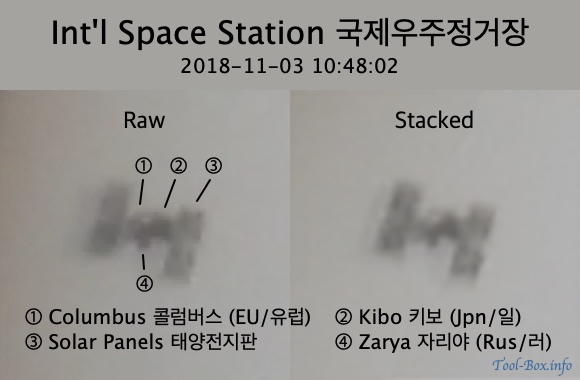
Stacked image of the ISS shows the details
The result may not be not quite as sharp as using a telescope, but much of the features of the space station were distinguishable. Perhaps I should try the burst mode the next time I get the opportunity to see if that makes a difference.
Device: Nikon P1000
Settings: 3000mm - ISO 400 - 1/500s - f/8
Filters: ICE N100000 (Neutral Density 16.5 Stop)
Time: 2018-11-03 10:48:02 KST
Location: Naju, Korea
17 photos processed with Pixelmator and RegiStax 6.1.0.8
Defined tags for this entry: astronomy, camera, Celestron NexStar 6SE, ISS, Nikon CoolPix P1000, satellite, star, Sun, telescope
